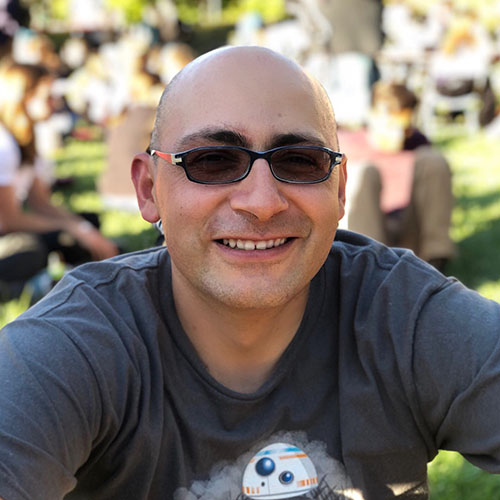We’re using 2-photon microscopy to record neuronal activity with single-cell resolution in the hippocampus of awake, behaving mice. Taking advantage of cell type-specific viral targeting of various biosensors, our goal is to better understand how distinct populations of excitatory and inhibitory neurons are recruited during network oscillations in the healthy brain, and during pathological activity such as seizures in the epileptic brain.

Research Scientist
Gergely Szabo
Gergely is a Basic Life Research Scientist whose main focus is studying the structure and function of hippocampal inhibitory circuitry and its involvement in learning and memory, utilizing techniques such as electrophysiology, optogenetics, and imaging. Gergely received his MS in Biology from Eotvos Lorand University in Hungary and his Ph.D. in Neuroscience from Semmelweis University in Hungary, after which he joined the Soltesz Lab as a postdoctoral fellow.
Email:szergely@stanford.edu
